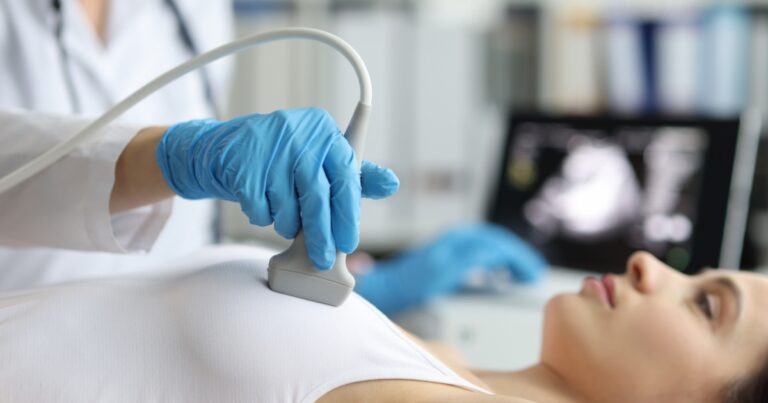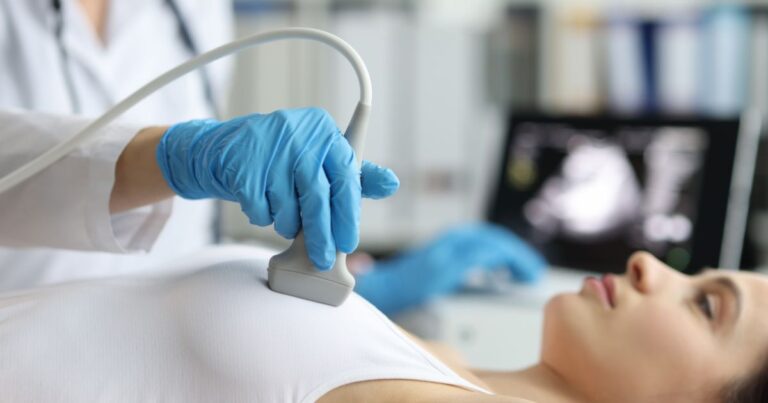Breast augmentation with lift is a popular cosmetic procedure for women since it can alter both the size and shape of the breasts. However, it’s crucial to remember that breast augmentation isn’t a one-and-done operation. Proper maintenance and care are necessary to ensure the longevity and aesthetics of the implants.
This article will cover every aspect of breast augmentation maintenance, from postoperative care to long-term concerns.
What is Breast Augmentation?
Surgical enhancement of the breast size and shape, often known as augmentation mammoplasty. The surgery typically involves the placement of breast implants under the breast tissue or chest muscles.
Types of Implants
There are two main types of breast implants:
- Saline implants – These are filled with sterile salt water and can be adjusted for firmness, shape, and feel.
- Silicone implants – These contain silicone gel and tend to feel more like natural breast tissue.
Benefits
Breast augmentation offers various benefits, such as:
Book A Consultation With Dr Tarek Bayazid
Top-rated Plastic Surgeon For Breast Augmentation in Dubai
Installment Plan Available
The Importance of Breast Augmentation Maintenance
Proper maintenance is crucial for the longevity and appearance of breast implants. By following the recommended guidelines and staying in contact with your Breast Augmentation surgeon, you can ensure the best possible outcome for your procedure. Some of the post-operative care include:
Routine Post-Operative Care
Ensure regular wound monitoring, pain management, and infection prevention to facilitate smooth recovery after surgery.
Incision Care
After surgery, it’s essential to keep the incision area clean and dry. Follow your surgeon’s instructions for cleaning and dressing the incision site to prevent infection and promote healing.
Breast Massage
Your surgeon may recommend breast massage to help prevent capsular contracture, a condition where scar tissue forms around the implant and causes it to feel hard. Follow your surgeon’s guidelines for the frequency and technique of breast massage.
Scar Management
Over time, your surgical scars will fade. To help minimize scarring, you can use silicone gel sheets, topical treatments, or even laser therapy, as recommended by your surgeon.
Long-Term Maintenance
Attend periodic check-ups, maintain a healthy lifestyle, and follow your surgeon’s long-term breast implant care recommendations.
Monitoring Implant Integrity
Breast implants are not designed to last a lifetime. Regular check-ups with your surgeon and imaging studies, such as MRI or ultrasound, can help monitor the condition of your implants and detect any potential issues.
Regular Mammograms
Regular mammograms for women with breast implants are still an important breast cancer screening tool. It’s essential to inform the mammography technician about your implants so they can use appropriate techniques to visualize the breast tissue.
Watching for Changes
Pay attention to any changes in your breasts, such as swelling, pain, or unusual sensations. These could be signs of implant rupture or other complications that may require medical attention. If you notice any changes, consult your surgeon promptly.
Lifestyle Considerations for Breast Augmentation Maintenance
To ensure optimal breast implant longevity some of the points are listed below:
Exercise
Every person needs to make time for regular exercise. However, after breast augmentation, it is crucial to follow your surgeon’s advice on when you can start an exercise and which activities you should avoid.
Proper Bra Support
Wearing a supportive bra can help maintain the position and shape of your breast implants. Your surgeon may recommend a specific type of bra or sports bra to wear during the initial recovery period and beyond.
Maintaining a Healthy Weight
Significant weight fluctuations can affect the appearance of your breast implants. Maintaining a stable, healthy weight can help preserve the results of your breast augmentation surgery. Dubai’s Top Aesthetic Center is a place where people go to get treatments that help them look and feel their best. It’s like a special beauty salon with expert doctors and nurses. 300cc breast augmentation surgery is a procedure where doctors put 300cc implants in a woman’s chest to make her breasts bigger and fuller
Visible implant edges can be seen when dental implants show through the gums This may happen if the implant is not placed deep enough or if gum tissue is thin
Recognising Potential Complications and When to Seek Professional Advice
Awareness of potential breast implant complications, such as rupture, leakage, or capsular contracture, is crucial for maintaining your breast augmentation. It’s essential to monitor any changes in the appearance or feel of your breasts and promptly report them to your surgeon.
Seeking professional advice early on can prevent complications from escalating and ensure timely intervention if needed. Regular communication with your surgeon and adherence to their guidance will contribute significantly to your overall satisfaction and the long-term success of your breast augmentation.
Implant Replacement and Revision
Breast implants may need to be replaced or revised over time. Factors like implant rupture, capsular contracture, or a change in personal aesthetic preferences may necessitate implant replacement or revision surgery. Keep in touch with your surgeon to address any concerns and plan for potential future procedures.
Conclusion
Breast augmentation maintenance is essential to ensuring the longevity and aesthetics of your breast implants. Your breast implants should endure for many years if you take care of yourself following surgery, monitor your implants, and maintain a healthy lifestyle.
For personalised advice and expert care, don’t hesitate to request a quote from Dr. Tarek Bayazid and start your journey towards maintaining beautiful results.







